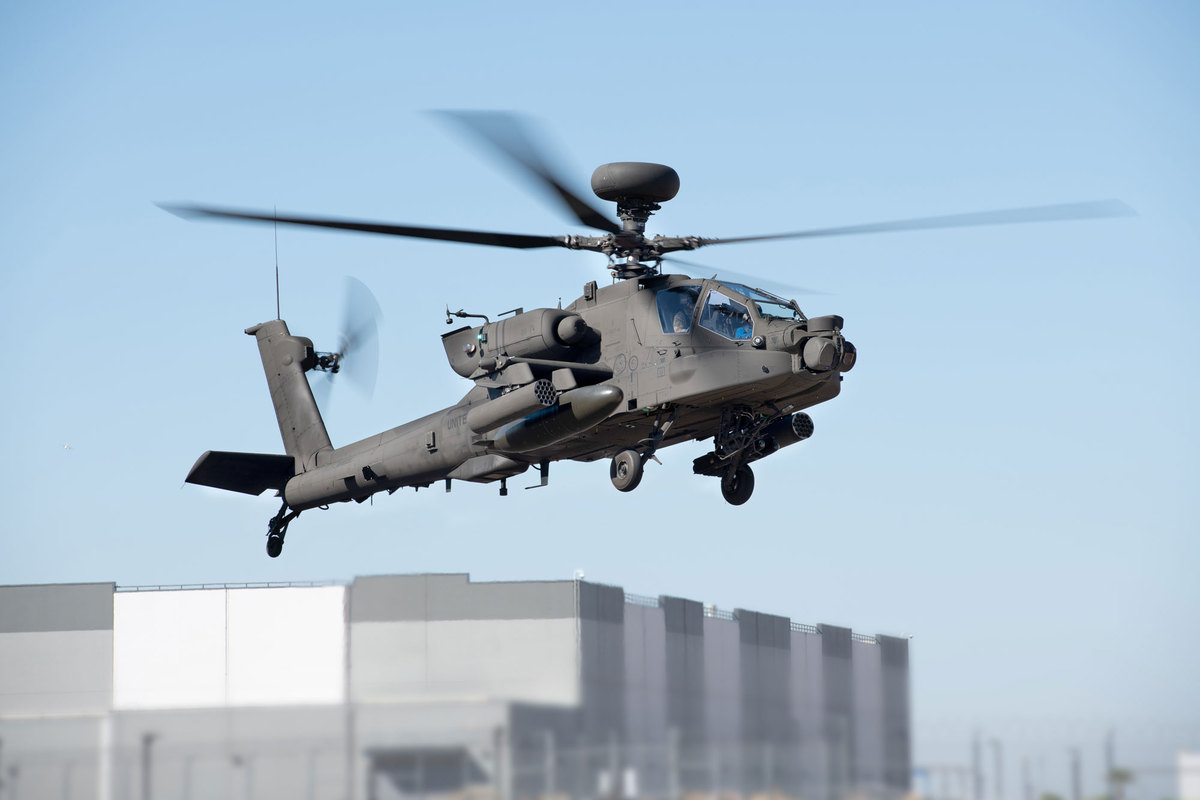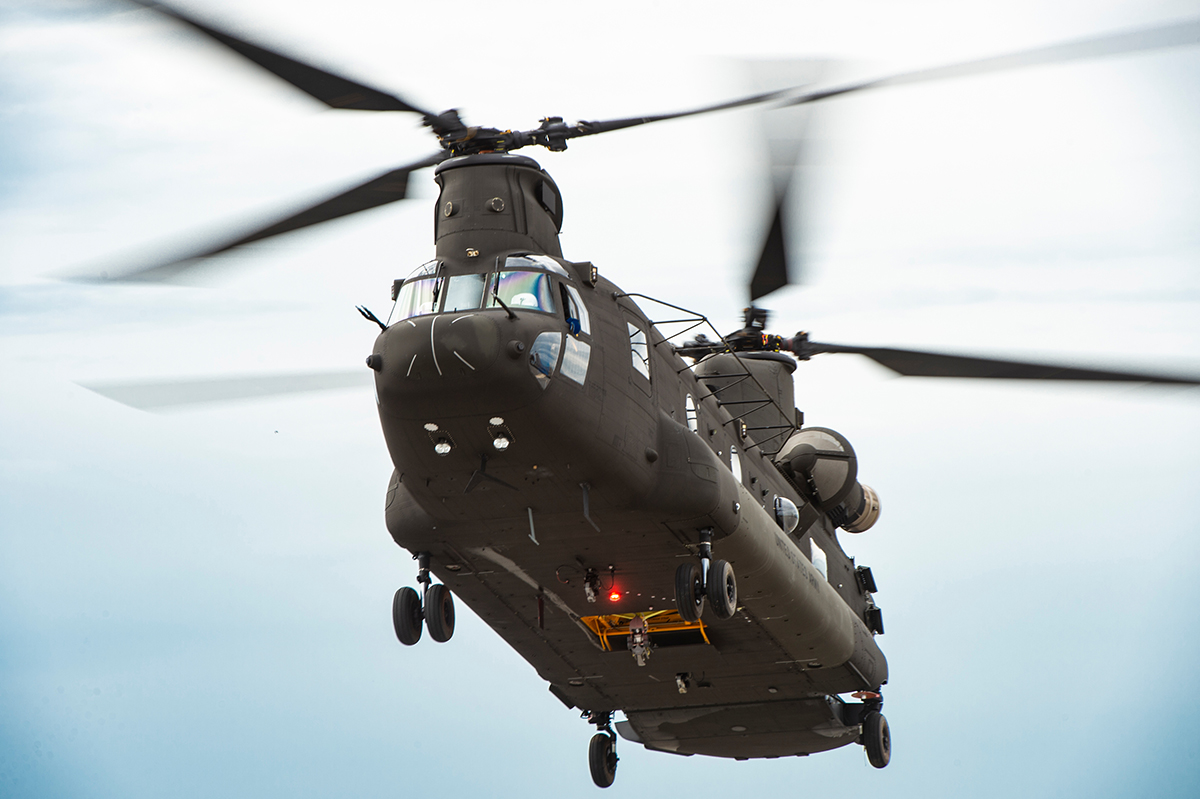The U.S. Army and all branches of the military continue to drive home the importance of Modular Open Systems Approach (MOSA) to compete in multi-domain operations now and in the future. The Army describes MOSA as an “integrated technical and business strategy for managing and sustaining a system, a family of systems, and a fleet of systems, that employs modular and open principles and is tailored to meet a particular set of objectives or addresses challenges with existing architectures or acquisitions.”
Vertical Lift’s Approach to MOSA
Efforts to integrate MOSA onto existing Vertical Lift platforms is ongoing and Boeing is taking a “crawl, walk, run” approach to accomplish the mission. To help meet mission requirements, Boeing is working in conjunction with customers and sharing information across the company to learn more and identify areas to invest time, money and resources, primarily on both the AH-64 Apache and the H-47 Chinook.

